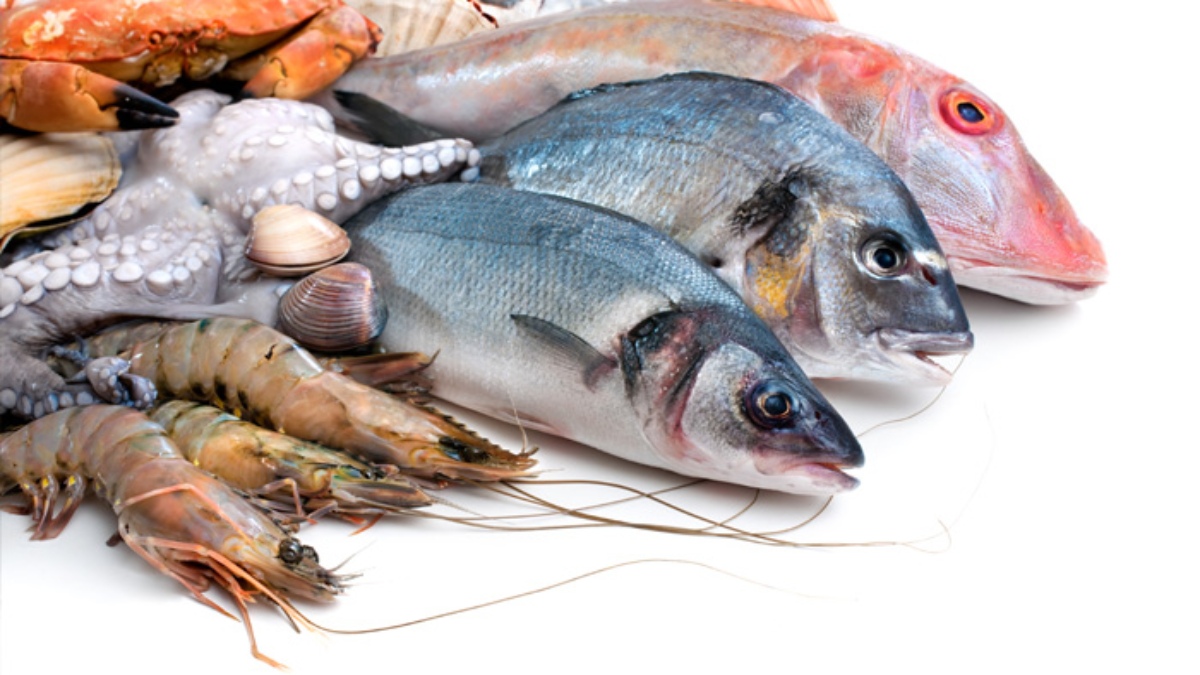


Haryana emerges on the top position in terms of fish production as it produces 9600 kilograms per hectare (2.5 acres) which is the highest across the country to be followed by neighbouring Punjab with 8700 kilograms per hectare. Now, the state has come with a plan to double its production along with the area to be used for fisheries. Presently there are at least 1600 farms and to give a major fillip to fish farming. The government aims at setting up new 2600 farms so that the farmers can have maximum income.
The statistics provided by the concerned department revealed that fish farming is being done in 45519 acres at present and the state government is putting its best to increase the area up to nearly 90000 acres which is almost double. What is of utmost importance is to state here that a total of Rs 6 crore budget was sanctioned to the department in 2014 which has been increased to 125 crore. The department is working on a blueprint to increase the budget up to 200 crore till next year.
Haryana became the first state which started the production of shrimp fish, setting an example for others and following the footprints of Haryana, Punjab and Rajasthan started fish farming shrimp. It is worth mentioning that shrimp fish agriculture covers a total 1232.50 acres land in the state while 850 by Punjab. Haryana continues to plan to increase shrimp production by two to three times by 2025. To gain the set target, the fisheries department made the use of advanced technology namely recirculatory Aquaculture System (RAS) and BioFloc farming. Regarding the same, Prem Malik, Chairman of the Fisheries Department, said that the officials continue to conduct field visits among farmers to inform them about the benefit of fish farming.